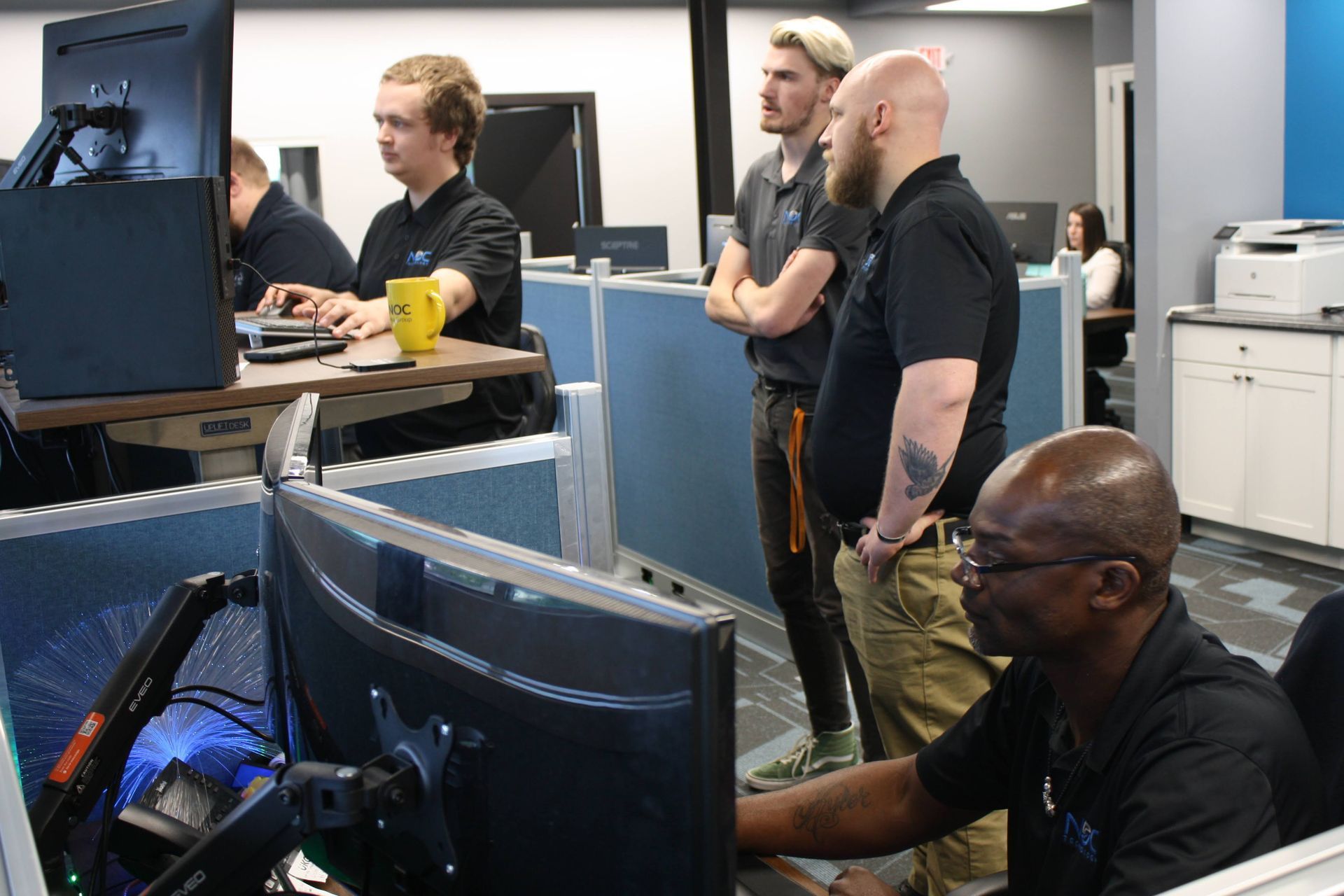Selecting the Right Managed IT Services Provider for Your Architecture Firm
by Jon Lober | NOC Technology
Tips and considerations for finding a managed IT service provider that meets the needs of your architecture firm.

Managed IT services can be a game changer for architecture firms looking to streamline their operations and improve efficiency. But with so many options on the market, how do you know which managed IT service provider is the right fit for your firm? Here are some tips to help you make an informed decision
Look For Experience In Your Industry
Managed IT service providers that have experience working with architecture firms will understand the specific needs of your business and be able to tailor their services accordingly.
Check Their Security Credentials
Cybersecurity is a top concern for any business, but especially for architecture firms that handle sensitive data. Make sure the managed IT service provider you choose has strong security protocols in place and can provide regular security audits.
Consider Their Technical Capabilities
The managed IT service provider should have a team of experienced technicians who are knowledgeable about the latest technology and can provide quick and effective support.
Evaluate Their Communication and Responsiveness
Good communication and responsiveness are critical to a successful managed IT services relationship. Make sure the provider you choose is responsive to your needs and that their team is easy to work with.
Service Level Agreements (SLA)
Make sure to review the SLAs of the provider, it will ensure that you have a clear understanding of what services you are getting and what the expectations are on both sides.
In addition to these factors, it's also essential to ask for references and read online reviews of the provider you are considering. This will give you an idea of the level of service and support you can expect and help you make a more informed decision.
In conclusion, selecting the right managed IT services provider is crucial for architecture firms looking to improve efficiency and streamline operations. By considering factors such as experience in the industry, security credentials, technical capabilities, communication and responsiveness, and references, you can make an informed decision and find a provider that meets the unique needs of your firm. Don't forget to also check for the specific services your firm needs and the service level agreements. Choosing the right managed IT services provider can be the key to reaching your business goals and staying competitive in the industry.




